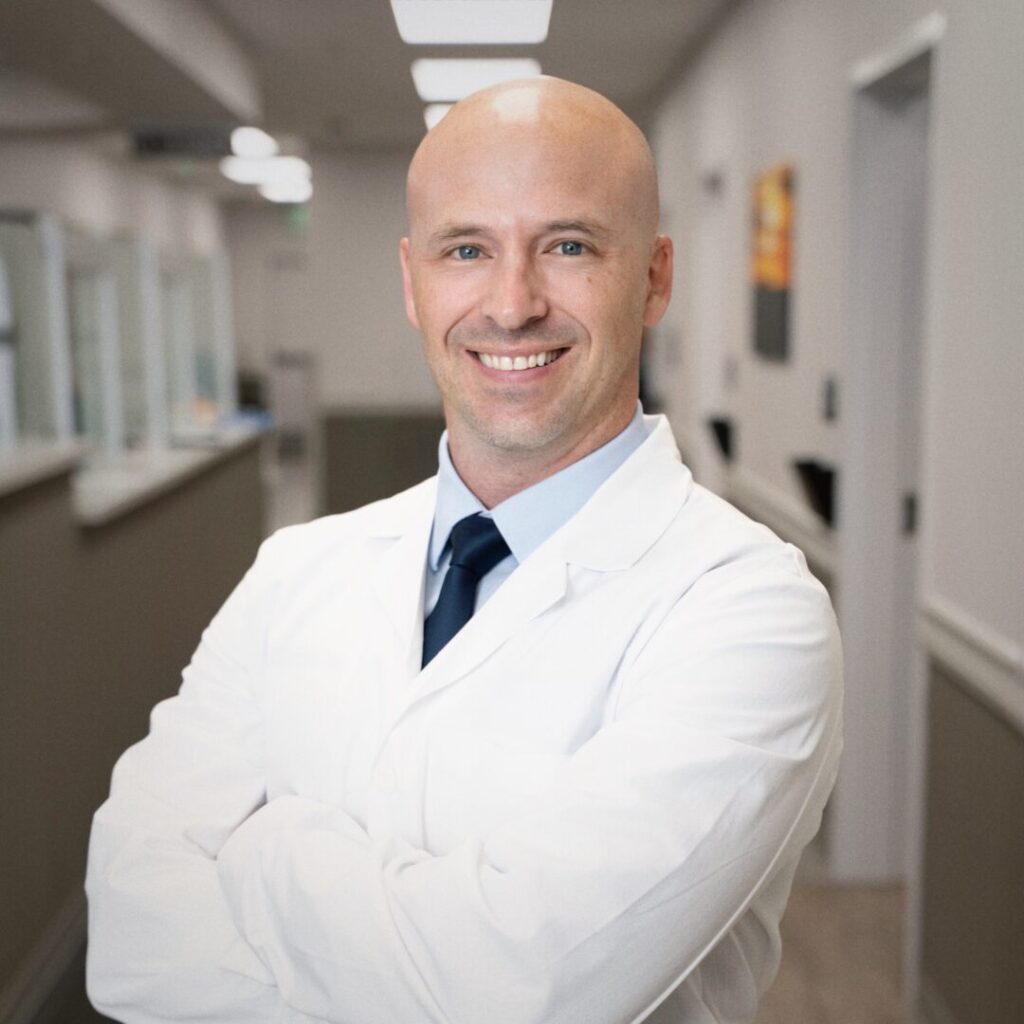If your knees are causing chronic pain, it’s possible that you need a joint replacement. Our team of doctors serve the Lubbock area by providing comprehensive treatment plans for patients who need a knee replacement. Consult with your primary care physician for a referral, or request a consultation to learn your next steps.
When is knee replacement necessary?
Your knee is the largest joint in your body. When something goes wrong, it can impact your life. Learn if knee replacement surgery is the solution for you! Contact us to request a consultation, or talk with your primary care physician for a referral.
- Cartilage, which covers the surface of the bones to prevent friction
- Synovial membrane for protection, and synovial fluid for lubrication
- Ligaments that connect and support the bones
- Tendons, which attach your muscles to the bones
- Bursae, which provide cushioning
How does knee replacement work?
While you may have visions of getting a bionic joint, knee replacement is actually a resurfacing procedure. First, your surgeon removes the damaged cartilage surfaces from the ends of your femur and tibia before cementing metal components over the ends. After resurfacing the underside of your patella with a plastic button, your surgeon places a spacer in between the metal parts for easy movement.
What is recovery like following knee replacement?
If surgical intervention is necessary, it’s often in the form of a joint replacement or joint repair, depending on your situation. Our experienced doctors develop a comprehensive treatment plan that remedies your joint pain. The knee replacement surgery itself is a fairly simple procedure that lasts an hour or two. Still, you should count on spending one or two nights at the hospital to recover. Your doctor will likely have you try out your new knee the day after surgery, or even on the same day as the surgery in some cases. It’s important to use your knee shortly after surgery to promote blood flow and healing.
After your hospital stay, you’ll work with a physical therapist until you feel comfortable walking. You should expect to feel some discomfort after the surgery, but this fades as you heal, leaving you with a knee that’s no longer a source of frustration and pain. If you’re experiencing joint pain, contact us to schedule a consultation.

